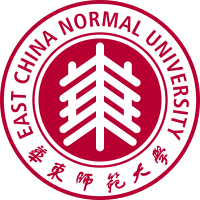Carbonyl sulfide (OCS) exchange between soils and the atmosphere affected by soil moisture and compensation points
2018
期刊
Biogeosciences Discussions
作者
Rüdiger Bunk
· Zhigang Yi
· Thomas Behrendt
· Dianming Wu
· Meinrat Otto Andreae
· Jürgen Kesselmeier
下载全文
- 页码 1-29
- Copernicus GmbH
- ISSN: 1810-6285
- DOI: 10.5194/bg-2018-20
